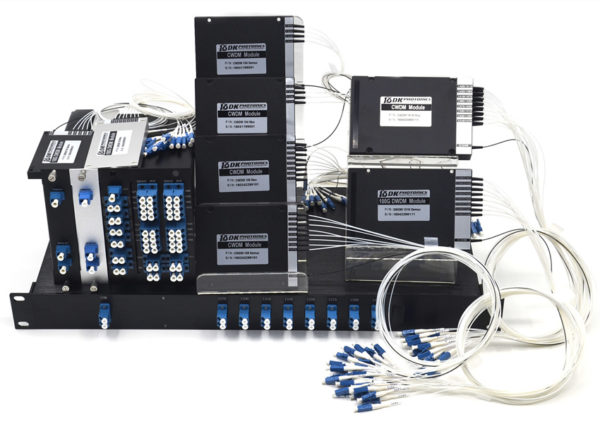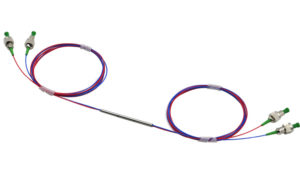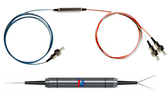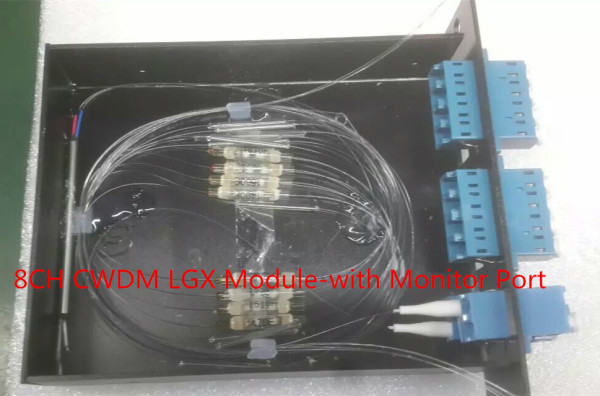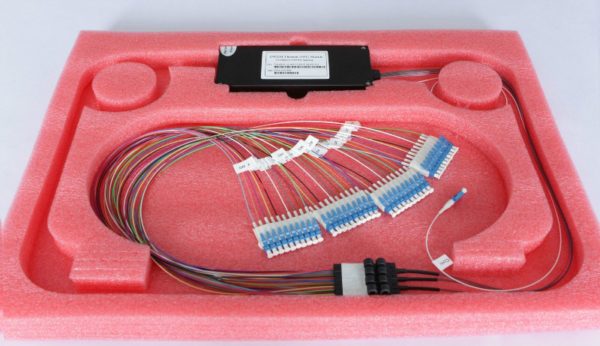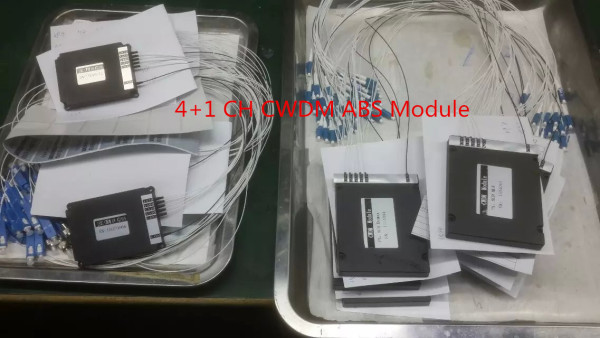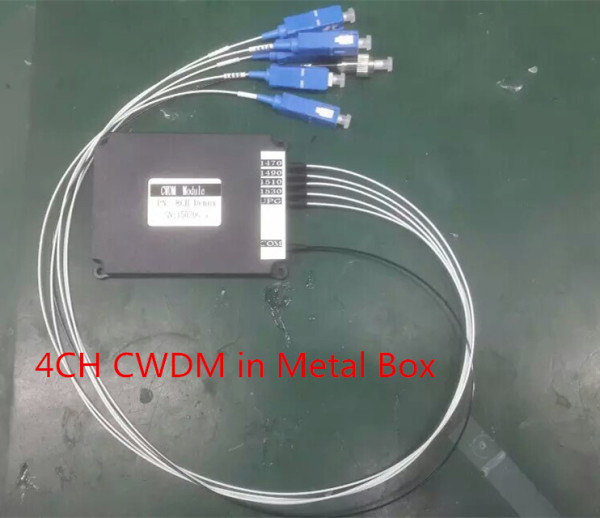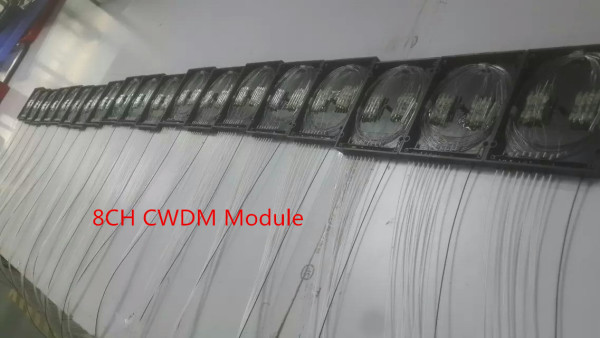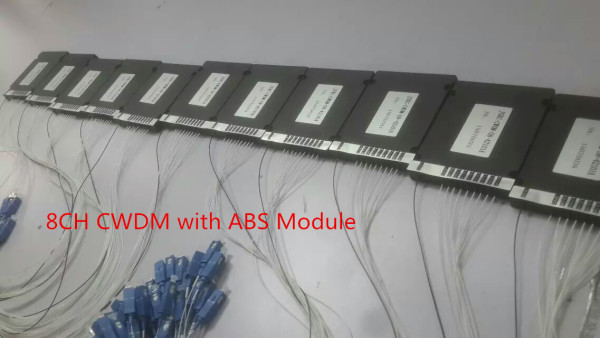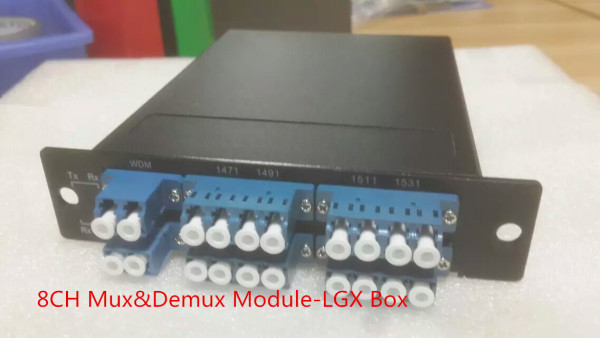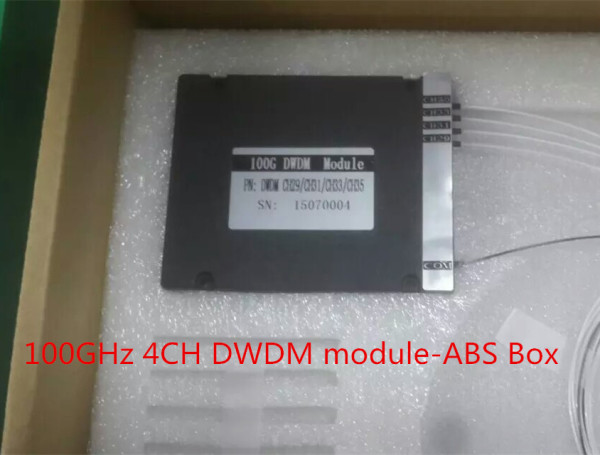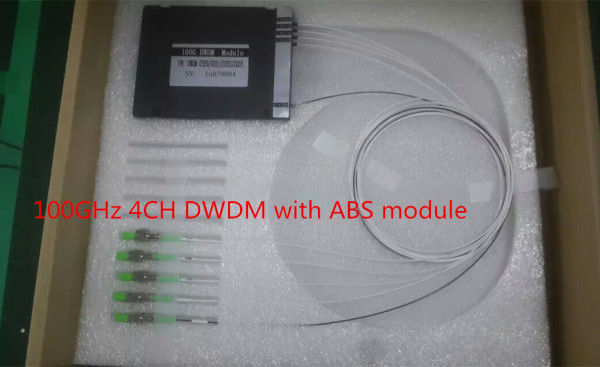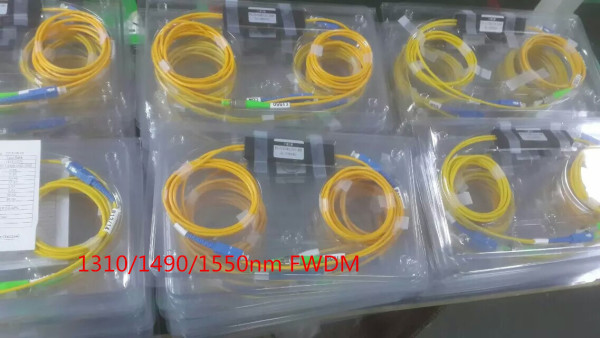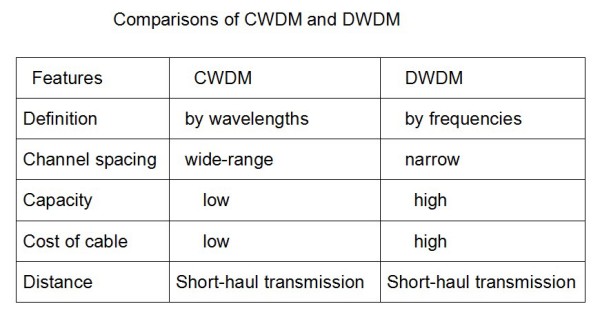Polarization Maintaining Filter Wavelength Division Multiplexer (PM Filter WDM) is best for high speed WDM network systems. It maintains signal polarization while providing wavelength division multiplexing. It is totally dependent on environmentally stable thin films filter technology with high return loss.
What is the need for Wavelength Division Multiplexing?
It can be said as the technology which is multiplexing various optical signals onto a single fiber. It is incorporated using different wavelengths of laser light enabling bi-directional communications over fiber connections. It is different from frequency division multiplexing which is applied to a radio carrier. As the name suggest, multiplexer transmit several signals together. It is popular among telecommunication industry because without laying more optical fiber companies can expand the capacity of the network.
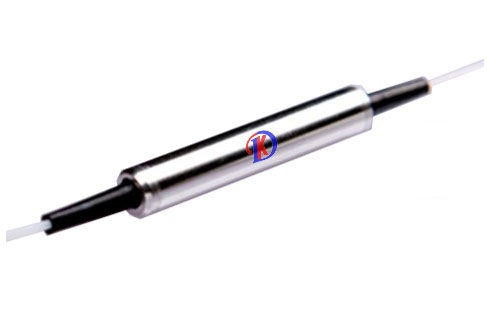
Why to use PM Filter WDM?
- It can be used best to maintain polarized fiber amplifiers and is used in DWDM systems.
- With help of this WDM, high speed communication systems are developed.
- It also helps in the development of instrumental applications.
Features of PM Filter WDM
Listed below are some of the PM Filter WDM features –
- It has high extinction ratio.
- High return ratio.
- Great reliability and strong environmental stability.
- Low insertion loss.
PM Filter WDM is used for applications like EDFAs, fiber sensing system, WDI module and many more. Compliance is maintained in terms with RoHS and Telcordia GR-1221-CORE. While designing and manufacturing ITU standards should be followed. PM Filter WDM is used by companies and individuals to perform drop function or adding a single channel. It is used on sensor systems with advanced packaging technology.
Performance Specification of PM Filter WDM
Here are detailed specifications of the WDM –
PARAMETERS VALUES
Reflection wavelength range 1270 nm – 1350nm; 1450nm – 1490 nm
Pass wavelength range 1530nm – 1600nm; 1530nm – 1600nm
IL over pass wavelength <0.6dB; <0.6dB
IL over reflection band (input -> output) <0.5dB
Thermal stability <0.005Db/C
Return loss 50dB
Minimum isolation 12dB
Extinction ratio 20dB
Reflection band isolation @ pass band wavelength 15dB
Maximum tensile load 5N
Fiber type PM panda fiber
Operational temperature -5 degrees C to + 70 degrees C
Storage temperature -40 degrees C to +85degreesC
Specifications can be changed or altered as required. Also, the values specified are not subjected to any connector loss. PM fiber and the connector key are aligned to slow axis. There many companies in the USA providing high power products and polarized maintaining products. Three different types of PM Filter WDM manufactured are 130/1550nm Polarization Maintaining Filter WDM; 980/1550nm Polarization Maintaining Filter WDM and T1550/R1310 & 1490NM Polarization Maintaining Filter WDM.
There are various private companies in USA designing and developing PM Filter WDM. One can get the contacts online of companies delivering high quality optical passive components. Services are provided by professionals having expertise in plant installation, assembly, transmission, and testing. These products are widely used fiber lasers, telecommunication services, and scientific research.
